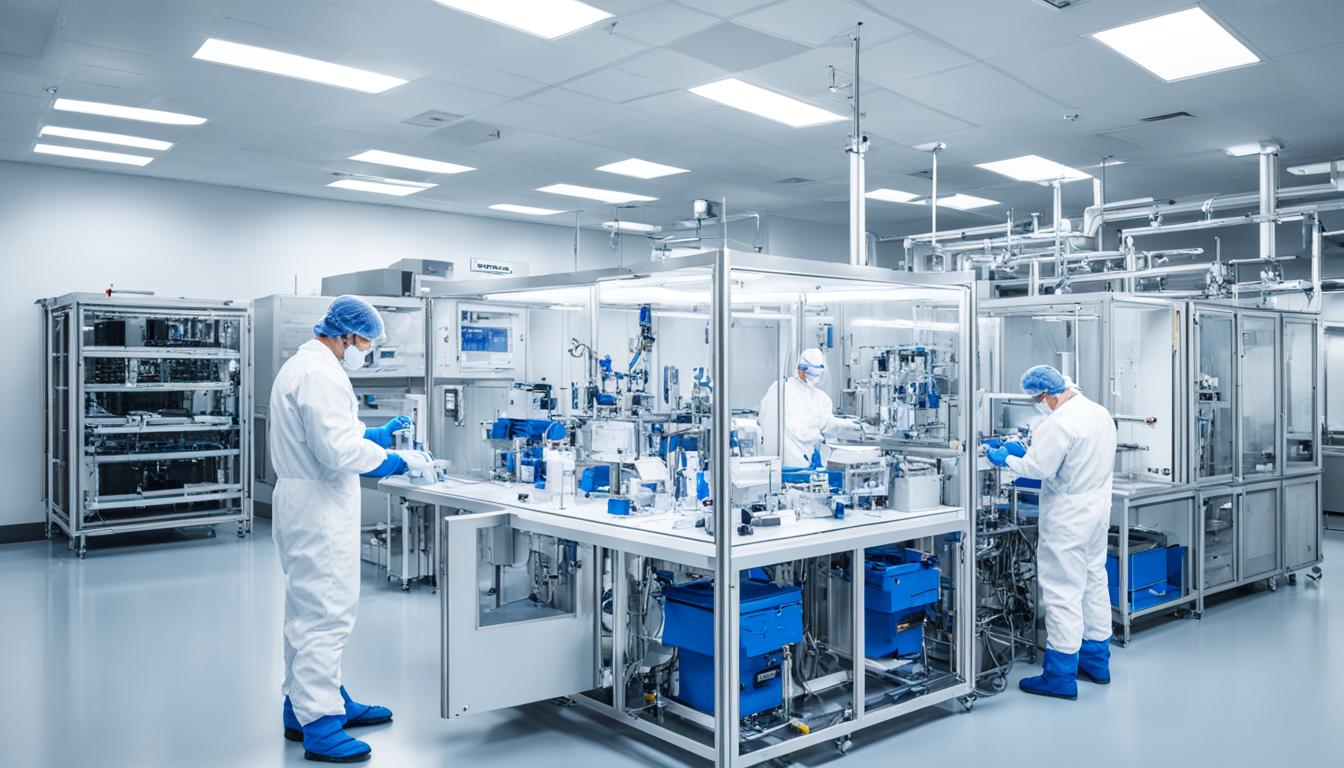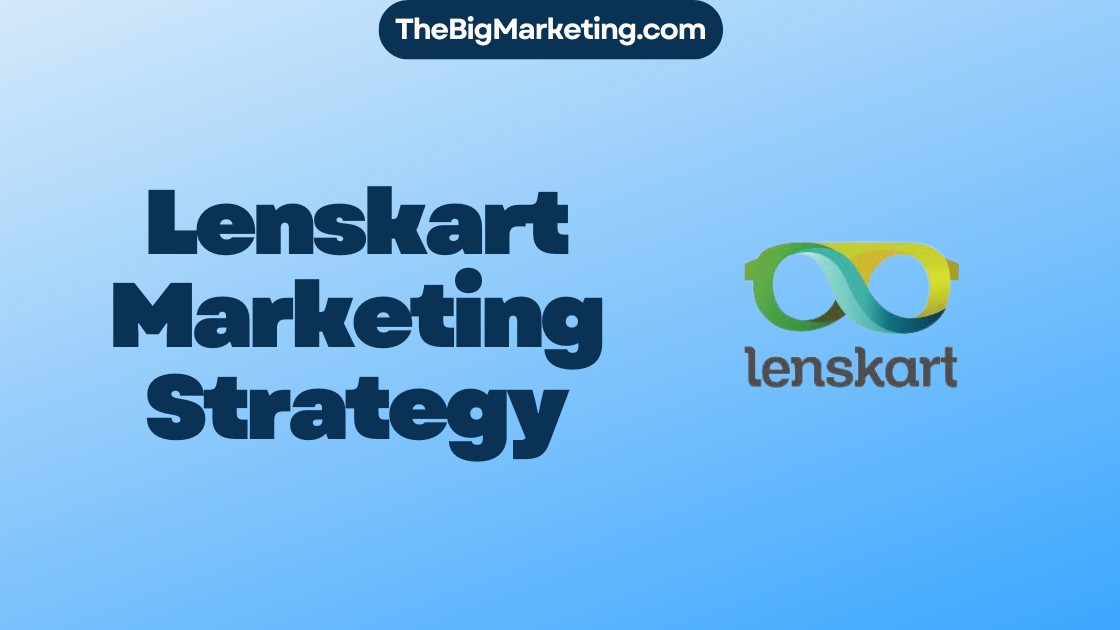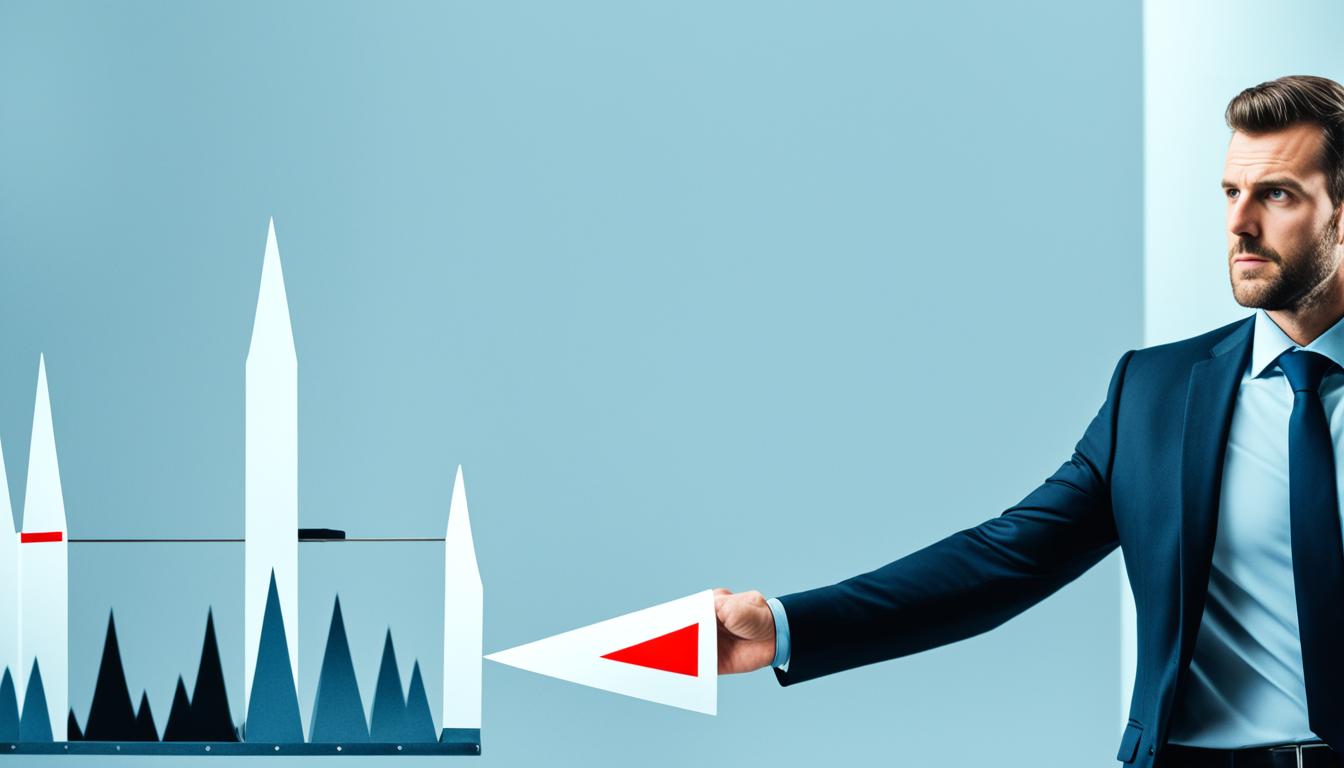Have you ever wondered why some offices feel like a second home while others make you count the minutes until you can leave? The secret lies in thoughtful design that addresses specific office needs. Before diving into the exciting world of commercial architectural 3D rendering and office planning, it’s crucial to understand what makes a modern workspace tick.
This article will explore the key features that define cutting-edge commercial spaces. From layout considerations to tech integration, we’ll cover all the bases to help you create an office that looks great and supercharges your team’s success. Ready to revolutionize your workspace? Let’s dive in!
The Role of Office Layout in Productivity
Picture this: you walk into an office and immediately feel a buzz of energy and creativity. That’s the power of smart layout design at work! How we arrange our commercial spaces can dramatically impact how employees interact, collaborate, and get things done.
The age-old debate between open-plan offices and private spaces continues, but here’s the twist: many modern businesses are embracing hybrid spaces that offer the best of both worlds. Imagine a workspace with open areas for brainstorming, cozy nooks for deep work, and soundproof pods for essential calls. It’s like having your cake and eating it too!
When planning your office layout, consider your team’s daily tasks and communication needs. Do they require frequent face-to-face interactions, or do they need more quiet time for concentration? Aligning your layout with these requirements sets the stage for a more productive and harmonious work environment.
Importance of Flexibility and Adaptability
In today’s fast-paced business world, flexibility is king. Gone are the days of static office designs that remain unchanged for decades. Modern commercial spaces must be as agile and adaptable as the companies they house.
Think about how often your business has pivoted or restructured in the past few years. Imagine if your office space could effortlessly transform to support these changes. That’s the magic of flexible design!
Flexible office spaces include modular furniture, movable partitions, and multi-purpose rooms. By embracing adaptability in your office design, you’re essentially future-proofing your workspace. It’s like giving your office a superpower – the ability to shape-shift to meet your evolving business needs!
Incorporating Technology in Office Design
In our digital age, technology is the backbone of modern business operations. Integrating cutting-edge tech is no longer a luxury—it’s a necessity, especially when it comes to commercial 3D rendering services and office design.
Picture walking into your office, and your smartphone automatically connects to the building’s innovative system. The lights adjust to your preferences, your standing desk moves to your ideal height, and your schedule for the day pops up on the nearest display. Sounds like science fiction? Well, it’s quickly becoming a reality in many forward-thinking offices!
From state-of-the-art video conferencing setups to intelligent building systems that optimize energy usage, technology can transform your office into a high-functioning, efficient machine. By embracing these technological advancements, you’re not just creating a cool, futuristic vibe but actively enhancing communication, boosting productivity, and setting your team up for success in the digital era.
Sustainable and Eco-friendly Design Elements
Let’s face it: sustainability isn’t just a buzzword anymore – it’s a crucial consideration in modern office design. And guess what? Going green isn’t just good for the planet; it can also be great for your bottom line and your team’s wellbeing.
Imagine working in an office where natural light floods in, reducing the need for artificial lighting. Picture air-purifying plants dotting the landscape, improving air quality, and adding a touch of nature to your workspace. Regarding commercial 3D rendering, incorporating sustainable elements can set your design apart.
Some key eco-friendly features include energy-efficient LED lighting, low-VOC materials, water-saving fixtures, and recycling stations throughout the office. By prioritizing sustainability, you’re not just reducing your carbon footprint – creating a healthier, more pleasant environment for your team. Let’s not forget the potential cost savings from reduced energy consumption. It’s a win-win situation!

Aesthetic Considerations and Branding
Here’s a question: if your office could talk, what would it say about your company? Believe it or not, the aesthetic of your workspace speaks volumes about your brand identity and values.
Aesthetics play a crucial role in 3D commercial property rendering and actual implementation. The colors you choose, the materials you use, and the overall vibe of your space can have a profound psychological impact on both employees and clients.
Remember, your office is essentially a 3D advertisement for your brand. So, why not make it a showstopper? By aligning your office aesthetics with your brand identity, you’re creating a powerful, immersive experience that leaves a lasting impression on everyone who walks through your doors.
Comfortable and Ergonomic Furniture
Let’s talk about something we all spend a lot of time with – office furniture. In modern office design, furniture isn’t just functional – it’s a key player in promoting employee well-being and productivity.
When it comes to ergonomic furniture, there are a few key features to keep in mind:
- Adjustable chairs with lumbar support
- Standing desks or sit-stand converters
- Ergonomic keyboards and mouse pads
- Monitor arms for optimal screen positioning
Investing in ergonomic furniture isn’t just about comfort (although that’s a big plus!). It’s about preventing long-term health issues, reducing absenteeism, and boosting productivity. After all, it’s hard to focus on work when constantly shifting in an uncomfortable chair or dealing with wrist pain.
Health and Well-being in Office Design
Here’s a radical idea: what if your office wasn’t just a place to work but a place that actively contributed to your health and happiness? Welcome to the world of wellness-focused office design!
A wellness-focused office might include features like excellent air quality systems, plenty of natural light, green spaces or living walls, quiet rooms for meditation, and on-site fitness facilities. When you’re considering commercial architectural 3D rendering options, consider how you can incorporate these wellness elements into your design.
Investing in employee well-being isn’t just a nice-to-have—it’s a smart business strategy. By creating an office environment that supports physical and mental health, you’re not just improving the quality of life for your team—you’re potentially reducing healthcare costs, boosting productivity, and creating a more positive company culture.
Space for Collaboration and Social Interaction
Let’s face it – work isn’t just about sitting at a desk and cranking out tasks. Some of the best ideas and strongest team bonds often happen in those in-between moments – chatting over coffee or brainstorming in a comfy lounge area.
When planning your office layout or reviewing commercial architectural rendering services, consider incorporating open lounge areas, well-equipped kitchens, game rooms, or outdoor areas. These collaborative spaces do more than just look good – they are crucial in building company culture, fostering innovation, and keeping your team connected.
Don’t underestimate the power of these social spaces. They’re not just nice-to-have extras but essential ingredients in creating a vibrant, creative, and cohesive work environment. After all, a little water cooler chat may lead to your next big idea!

Designing for Privacy and Focus
Okay, we’ve talked about open spaces and collaboration, but let’s not forget the flip side of the coin – sometimes, you just need a quiet place to hunker down and focus. In the hustle and bustle of a modern office, creating spaces for privacy and concentrated work is more important than ever.
When planning your office layout or reviewing 3D commercial building rendering options, consider including soundproof phone booths, small focus rooms, designated quiet areas, and personal workstations with high partitions for visual privacy.
The key is to balance open, collaborative areas with more private spaces. It’s like creating a diverse ecosystem in your office—you need different environments to support different types of work and different personality types.
Balancing Budget with Design Quality
Let’s talk about the elephant in the room—budget. We’d all love to have unlimited funds to create the office of our dreams, but most businesses need to balance their design aspirations with financial constraints. The good news? You don’t need a Google-sized budget to create a fantastic office space.
The key is to prioritize. Consider what elements are essential for your team’s productivity and well-being and what might be nice-to-have extras. Here are a few tips for getting the most bang for your buck:
- Invest in multi-functional spaces that can serve several purposes
- Choose durable materials that will stand the test of time
- Prioritize elements that directly impact productivity and well-being
- Consider leasing or financing options for big-ticket items
- Look for creative, cost-effective alternatives to expensive design features
Remember, a well-designed office isn’t about having the most expensive furniture or the trendiest decor. It’s about creating a space that supports your team’s needs and reflects your company’s values.
Conclusion
We’ve covered a lot of ground, haven’t we? From layout considerations to technology integration, sustainability to aesthetics, we’ve explored the key features defining modern commercial spaces. But here’s the takeaway: understanding your office needs isn’t just about ticking boxes on a checklist – it’s about creating an environment where your team can thrive.
Your office is more than just a workplace – it’s a physical manifestation of your company’s values, culture, and aspirations. By carefully considering each aspect of your office design, you’re not just creating a functional workspace – you’re crafting an experience that can inspire, motivate, and empower your team.
So, consider what your team needs to succeed, whether starting from scratch with a commercial architectural 3D rendering or looking to revamp your existing space. In the end, the perfect office space supports your team’s productivity, fosters creativity and innovation, promotes well-being, and excites people to work each day. Are you ready to transform your office and take your business to the next level?







